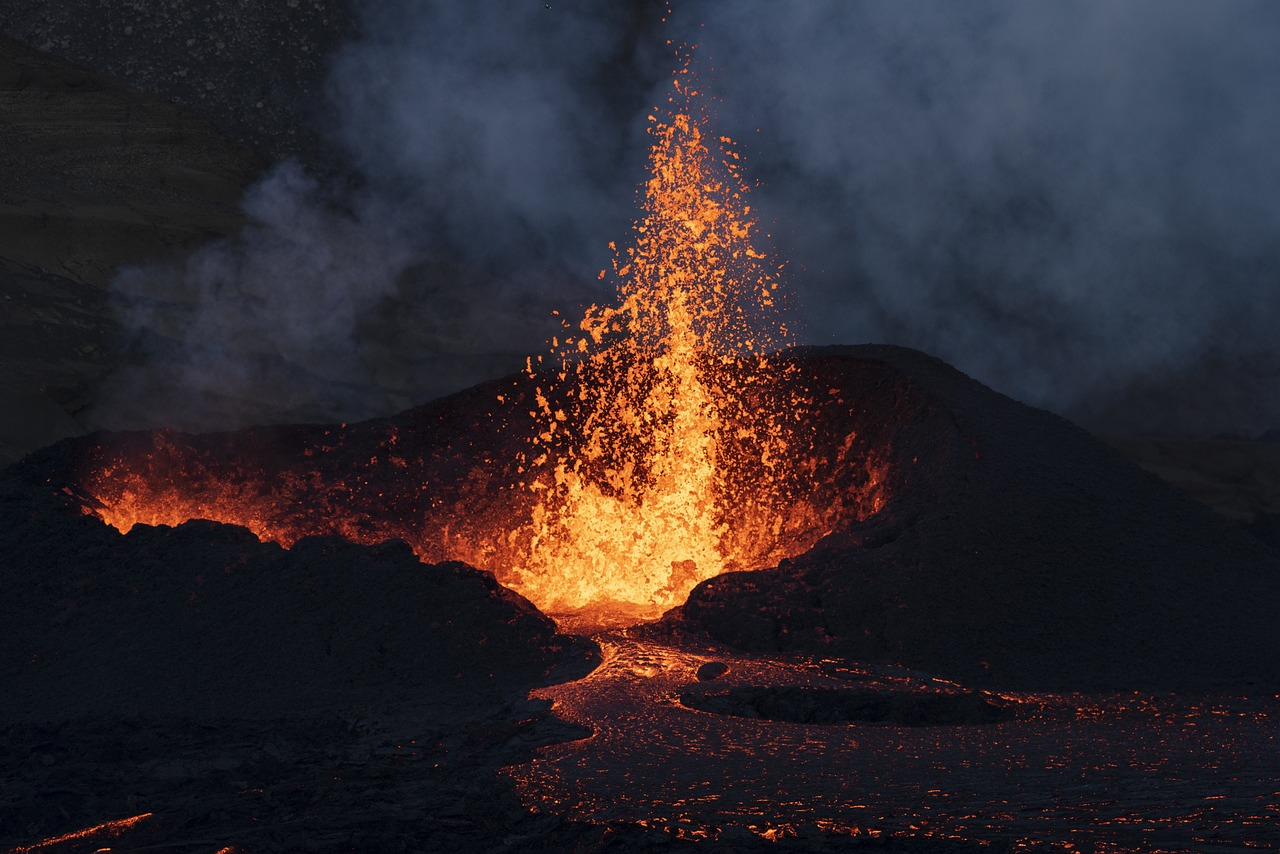What will you learn?
1. What actions were taken in response to the volcanic eruption on the Reykjanes Peninsula?
2. Which locations and individuals were evacuated due to the eruption?
3. Did the volcanic eruption affect air traffic in Iceland?
4. What protective measures were implemented in the town of Grindavik?
5. What are the consequences of increased seismic activity in Iceland?
In response to the eruption, the Department of Civil Protection and the Red Cross swiftly ordered the evacuation of 700 individuals from the nearby Blue Lagoon geothermal spa, employees of a local power plant, and the few residents of the deserted port village of Grindavik. The village is protected by constructed embankments to shield it from the advancing lava. All evacuees have been safely transported to temporary shelters.
Impact on air traffic
According to Gudjon Helgason, spokesperson for Isavia, the company managing Keflavik Airport near Reykjavik, the volcanic eruption is not expected to impact air traffic. The airport remains operational, and flights are proceeding as scheduled. Nonetheless, aviation authorities are closely monitoring the situation to respond swiftly to any potential changes in volcanic activity.
Increased seismic activity in Iceland
Iceland, known for being one of the most volcanically active regions in the world, has recently experienced heightened seismic activity. The volcano on the Reykjanes Peninsula is one of many in the area that regularly demonstrate their power. These volcanic eruptions, while spectacular, pose risks to residents and infrastructure, necessitating constant readiness from emergency services and ongoing monitoring by experts in volcanology and seismology.





